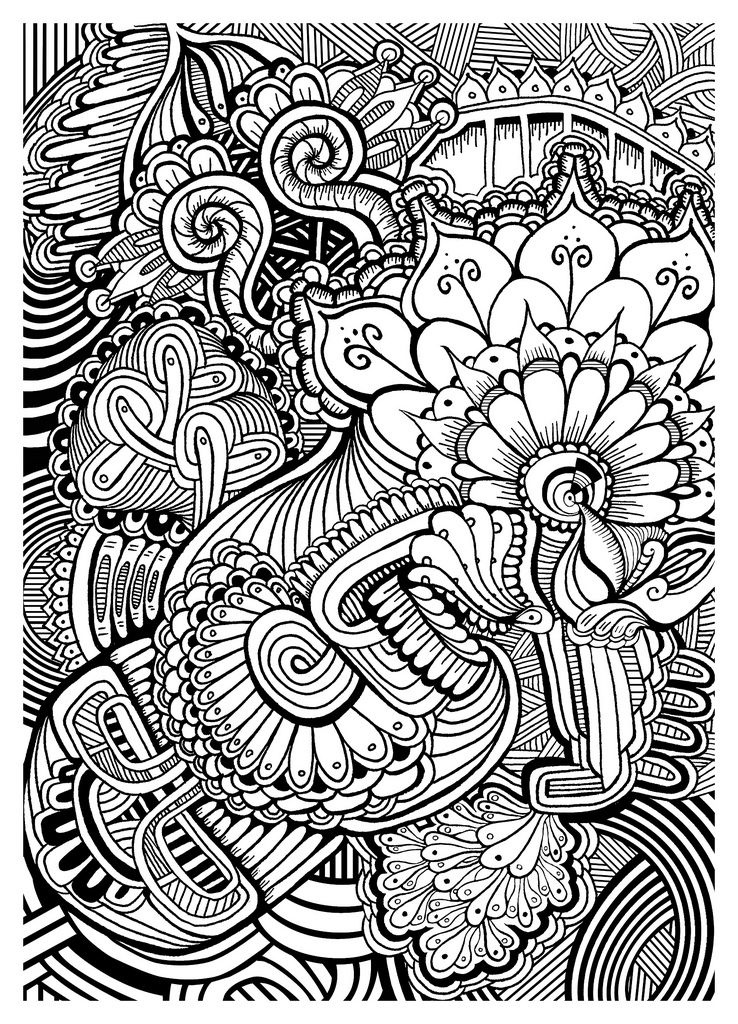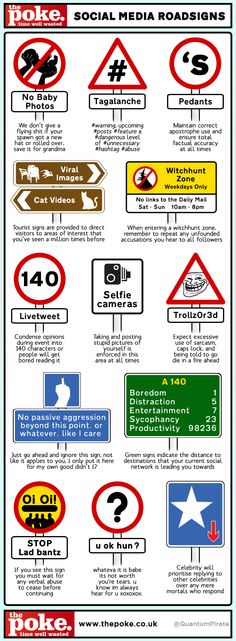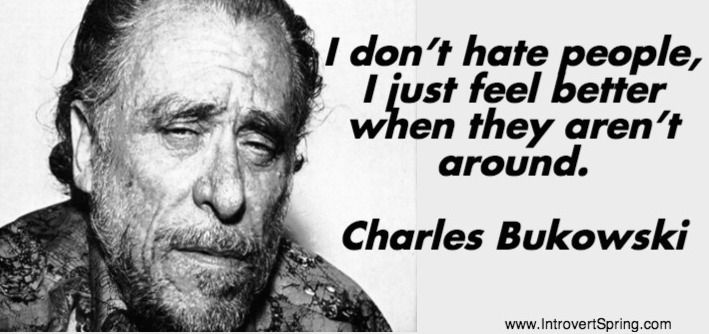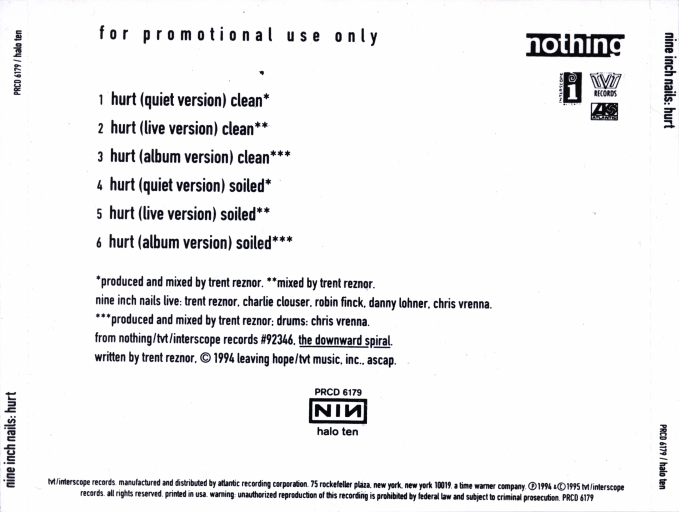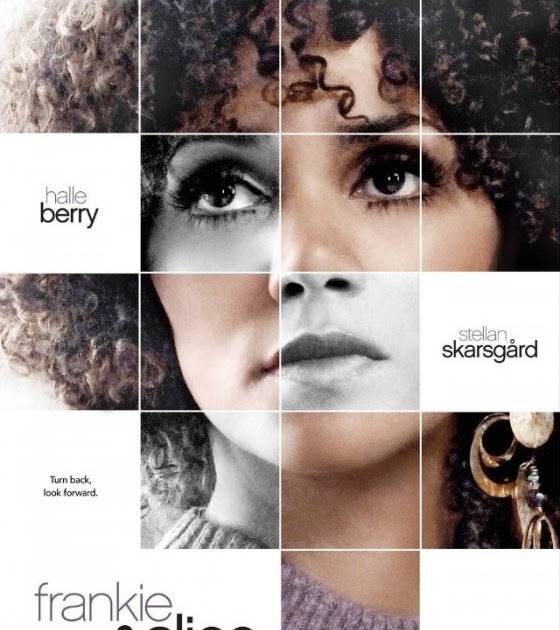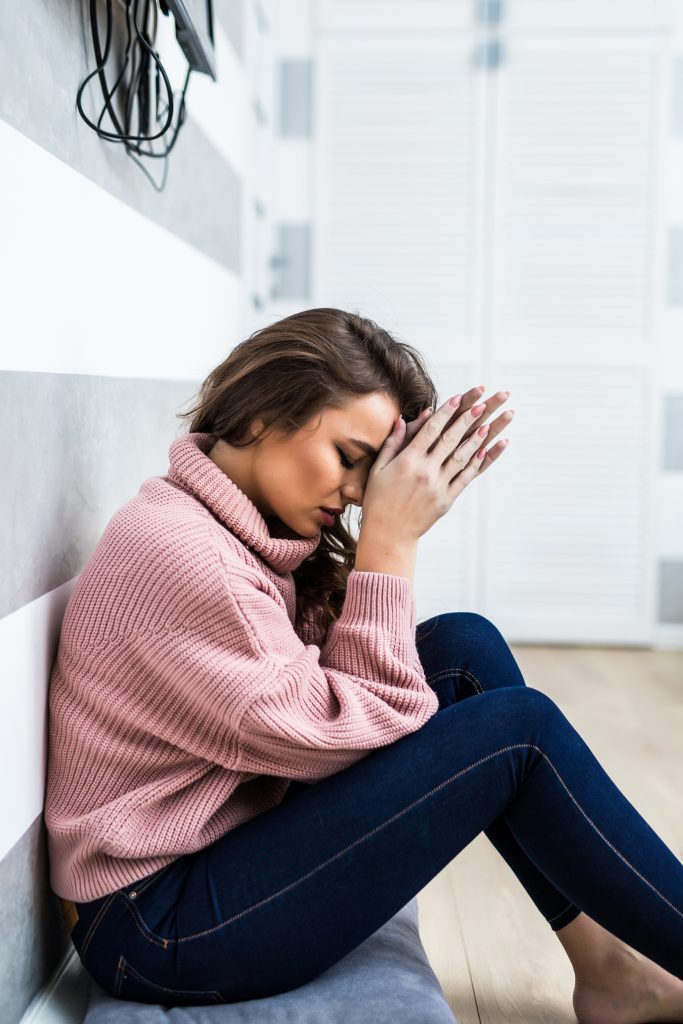Drawing to relieve stress
Can Art Therapy Relieve Stress?
Excessive stress is nothing new to many people across the country, both young and old. Whether it’s a busy home or work life or you’re dealing with mental or physical health issues that are putting you on edge, there are alternative forms of treatment that may help relieve your stress, such as art therapy.
Art therapy has been used as a positive stress reliever for years. Nowadays, its benefits are becoming more and more well known, making art a common choice as an alternative way to help deal with stress and other mental health conditions. Art plays a different role in every person’s life in an intricate way, allowing many people to process emotions and reduce stress as they are creating art. Therefore, art therapy is one of the best natural ways to help combat stress in your everyday life. And it’s fun!
What Is Art Therapy?
Art therapy is a form of mental health treatment using media and the patient’s creativity to therapeutically process and understand emotions while creating art. This form of therapy is used to help deal with many issues, from rehabilitation to processing past trauma, and usually includes a licensed therapist. But there are art therapy exercises that you can practice on your own.
Why Does Art Help Mental Health?
The main goal of art therapy is to help the person struggling to finally be able to relax enough to get in touch with their emotions. By creating art and doing something as simple as coloring, stress levels are seen to drop exponentially in patients. Helping the patient finally relax allows them to focus their mind on other things such as processing emotions, focusing on themselves, and working on emotional release.
Don’t worry; art therapy does not require anyone to be a good artist. Instead, the client can just put their thoughts on paper by creating whatever comes to mind, many times without speaking. This form of therapy helps many people who struggle to put their feelings and problems into words. Art therapy is widespread among children, too, as many of them prefer to draw as a form of communication and understanding.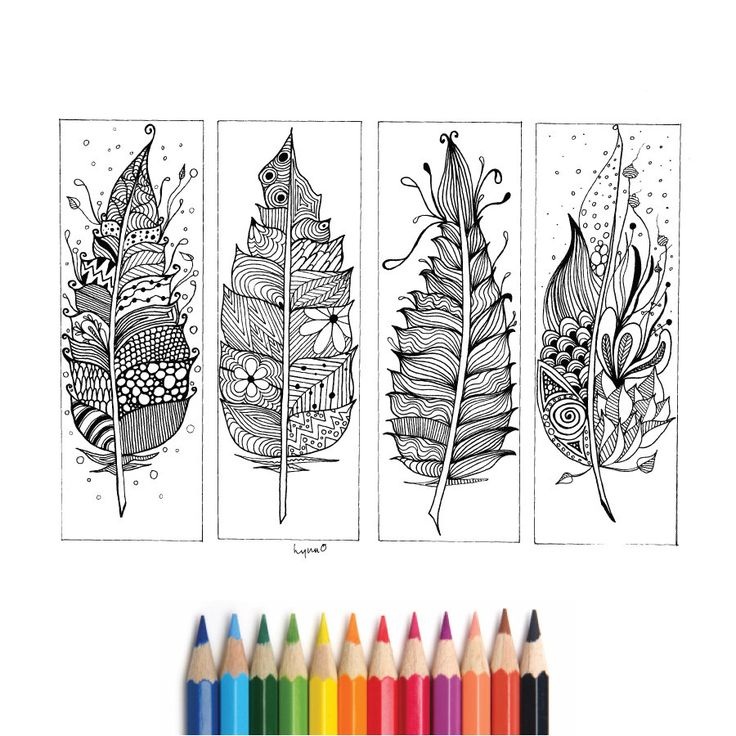
How to Relieve Stress With Art Therapy
One of the most significant aspects of art therapy is the ability to help the client relax. You do not have to be an artist to do this, so many people feel comforted that there is no pressure on their creative flow. Art therapy allows the client to get their mind off whatever may be bothering them, even if it’s just for a brief period. Creating art helps many people slow down, allowing them to relax, de-stress, and tap into their creativity.
Mental Health Benefits of Art Therapy
The practice of art therapy comes with a multitude of benefits.
1. It Fosters Self-Awareness
Mindfulness and self-awareness play a significant role in art therapy. Practicing mindfulness, in the simplest terms, means tuning into your emotions, thoughts, and body. This is what allows a client to go through the therapy process while creating art.
2. It Helps You Process and Understand Emotions
Another critical part of therapy and relieving stress is to be able to process and understand the emotions that may be causing you problems in the first place.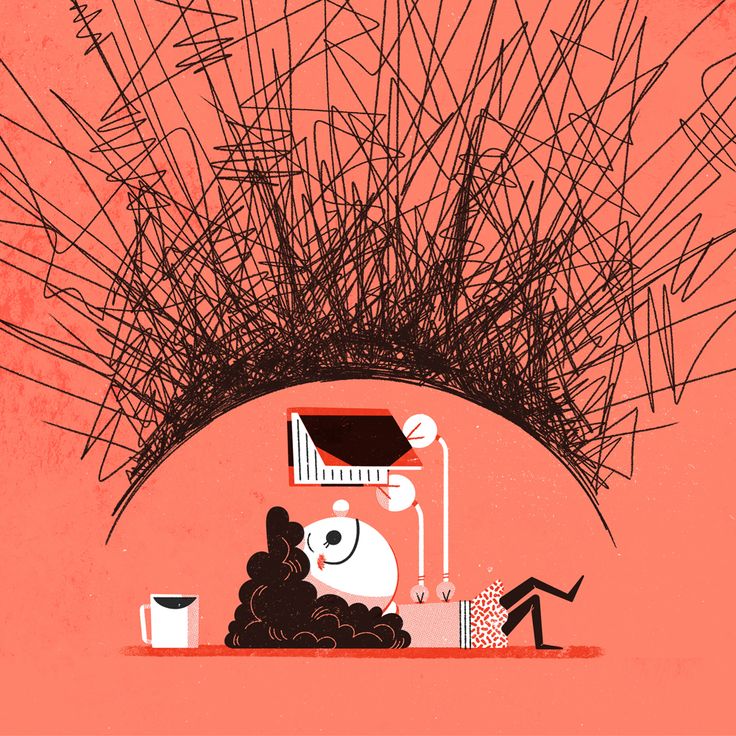 Identifying the root of a problem is the only way to accurately begin to treat it. Art therapy helps patients get in touch with their feelings so they can find the roots of their troubles and begin the journey of understanding and processing them.
Identifying the root of a problem is the only way to accurately begin to treat it. Art therapy helps patients get in touch with their feelings so they can find the roots of their troubles and begin the journey of understanding and processing them.
3. Art Offers an Emotional Release
Emotional release is another great benefit of art therapy. One of the biggest aspects of therapy and relieving stress is to process your feelings on past and present situations and move forward from them. Letting go of past trauma, times you have been hurt, and stagnant emotions can change your life immensely. Emotional release helps clients lift massive weights off their shoulders to hopefully move forward with their lives.
4. It Builds Self-Confidence
Another helpful feature of art therapy is its ability to build self-confidence. With factors such as free creative reign, no pressure from other artists, and no pressure to be good at what they are creating, many people have found that the process of creating something by themselves builds their confidence.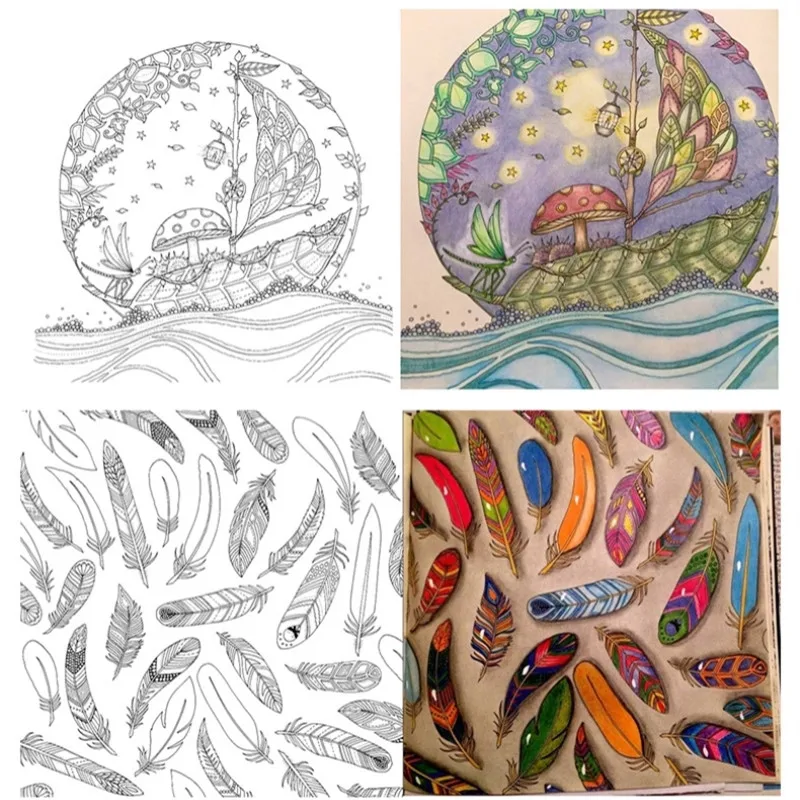 Despite whether you make art often, there is a massive sense of pride and accomplishment that will come along with creating a piece of art that makes you feel proud. This helps people continue to build self-esteem and gives them a reason to be pleased with themselves.
Despite whether you make art often, there is a massive sense of pride and accomplishment that will come along with creating a piece of art that makes you feel proud. This helps people continue to build self-esteem and gives them a reason to be pleased with themselves.
You may wonder, can drawing reduce stress? Drawing and painting are some of the most common exercises in art therapy. They are often used to help answer questions and relieve stress, too.
How Can Drawing and Painting Reduce Stress?
Studies that were done on art and active creativity’s impact on the brain show that dopamine levels often increased in patients who had newly creative outlets. Dopamine is a neurotransmitter that often is low in patients with anxiety, depression, and excessive stress. Because art therapy has been seen to help increase these dopamine levels and help a patient feel happier, it is also an excellent choice for people with mental illnesses, such as chronic depression and anxiety.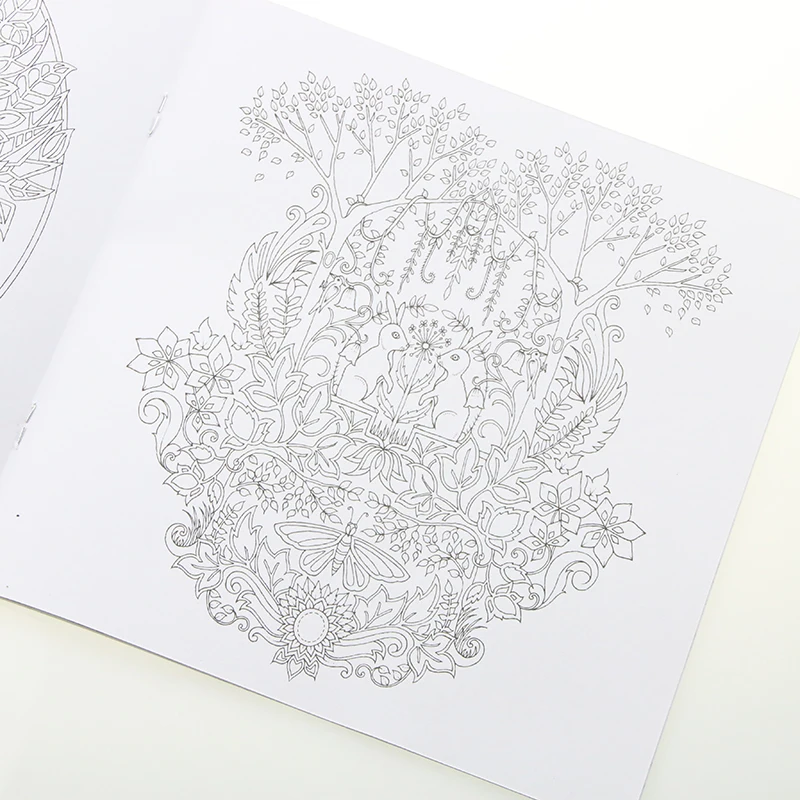
What Do You Do in Art Therapy?
Okay, art therapy seems cool, right? But you may be asking how exactly you can relieve stress with art therapy. Because it is the process of using any media to create any art, you may do a wide variety of things in an art therapy session or even for art therapy by yourself.
Here are just nine of the ways you can create in art therapy:
1. Ceramics and Clay Work
Ceramics and clay work are intimate forms of art that help people practice mindfulness and delicate design while allowing their minds to focus on something other than stressors.
2. Sculpting
Sculpting is another great tool used by many art therapists, especially to observe how people may work with their sculptures to understand them a bit better.
3. Doodling or Scribbling
Doodling and even scribbling are good methods of exercising emotions or anxiety in a situation. Many people who struggle with nervousness may find themselves doing this already in other public settings.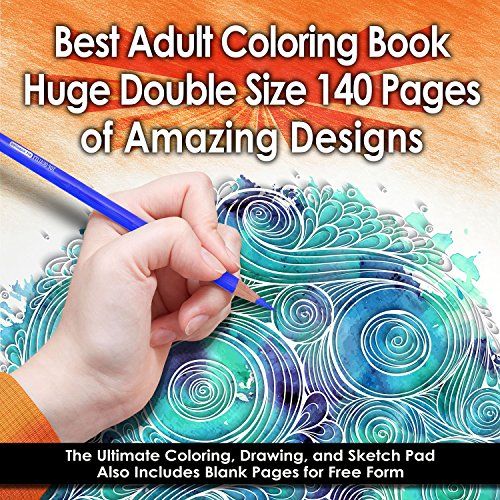
4. Collages
Collages are a fun method of using mixed media to create art. The client can choose a theme or dedicate their time to making a dream board.
5. Fabrics
Fabric work is another fun, delicate way to practice art therapy. Tie-dying and sewing are great ways to create, and the best part is that you can wear your work.
6. Coloring Books
Coloring books are simple stress relievers that can be used by people of any age, helping them focus on simple details and practice mindfulness.
7. Textiles
Textile work, while similar to fabric work, involves a wide variety of materials that can be interwoven together in any way, shape, or form the artist pleases. From crochet to knitting, textiles are another great art therapy exercise.
8. Art Journals
Art journals are great ways to practice art therapy both in and out of sessions. In addition, keeping sketchbooks with certain themes or specific notebooks for certain aspects of life might help you stay organized and inspired.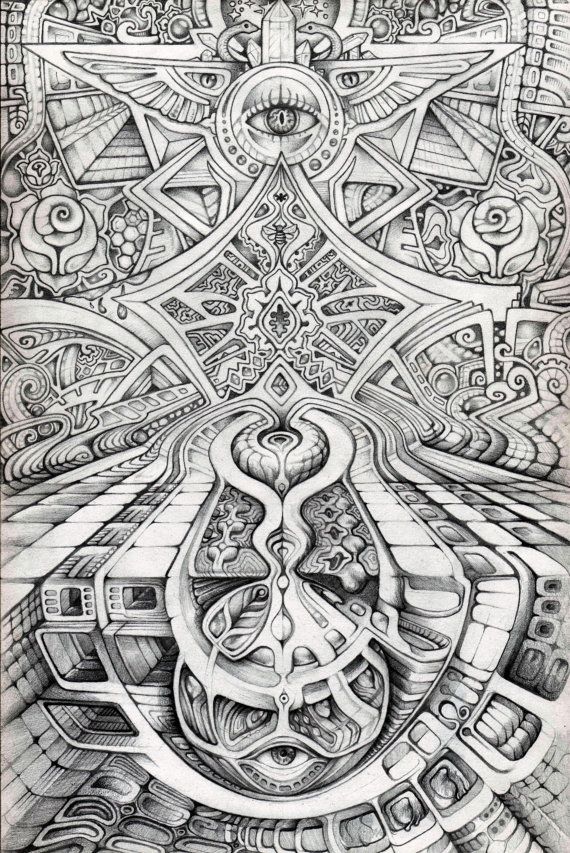
9. Photography
Photography is another enjoyable method of art therapy. Photography enables the artist to take pictures of anything, whether they love or hate them.
Can Drawing Help Reduce My Stress?
The short answer is yes. Drawing, painting, and other forms of creativity can be used as stress relievers for most people who try them.
Studies have shown that most people who try art as a form of therapy or stress relief have experienced significant reductions in their cortisol levels when doing so. Cortisol is a naturally occurring hormone that often appears in high levels in people who are stressed out. The higher the cortisol levels, the more stressed out a person may be. According to a study done for the journal Art Therapy, when cortisol levels were taken both before and after participants engaged in 45 minutes of creating art, researchers found that 75% of the people involved had lowered cortisol levels after.
Can I Do Art Therapy by Myself?
Yes! Although one aspect of typical art therapy is to also have a licensed therapist to help you through your emotions, you can also practice art therapy on your own when needed.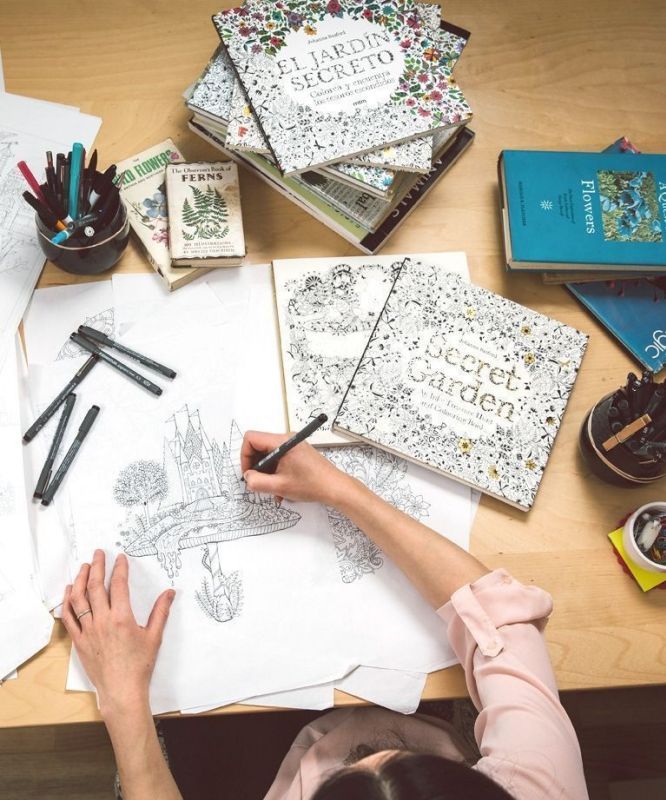
There are many art therapy exercises you can do by yourself. Here are a few:
1. Keep Sketchbooks and Notebooks
Many people in art therapy carry one or even multiple sketchbooks around with them. Some people use different sketchbooks for different things. For example, you can use one sketchbook to draw how you feel and maybe another for when you feel inspired. Keeping the sketchbooks on you also helps you to give yourself a little break when you need one.
2. Coloring and Coloring Books
While many adults may look at coloring as a childish thing, there are actually many mental health benefits that come with coloring. Using a coloring book can help your brain finally slow down. Coloring has been seen to play a role with your amygdala, also known as the brain’s fear center. Coloring helps people practice mindfulness and is especially helpful for those who feel constantly stressed or nervous all of the time.
3. Painting, Drawing, or Doodling
Painting, drawing, and doodling are great ways to practice mindfulness and get more in tune with yourself and your emotions.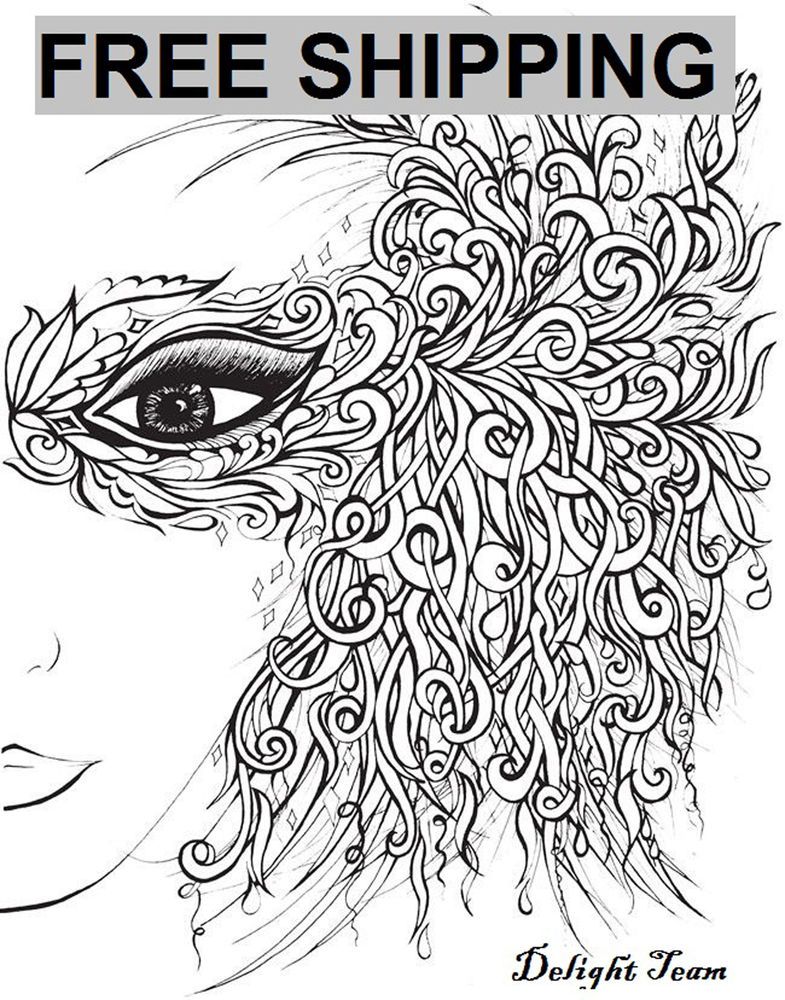 Whether you know the direction you want to take or begin by aimlessly doodling, the creative process will help you deal with stressors in your life by bringing your attention to something new.
Whether you know the direction you want to take or begin by aimlessly doodling, the creative process will help you deal with stressors in your life by bringing your attention to something new.
4. Scrapbooking
Scrapbooking can be a helpful form of art therapy in a variety of ways. Many people who make this form of art will relate their book to a specific theme. This theme could be anything from a specific time in your life to a collection of all the things that make you happy. Scrapbooking can include a mix of media as well as cutting and pasting, allowing those who may not feel too artistic to be creative, too.
Art As a Stress Reliever
Ultimately, art therapy can relieve stress for people of all ages. Whether you’re struggling with depression, anxiety, or trauma, art therapy can help you learn how to express yourself in new ways and reduce stress in the process.
Benefits, Easy Exercises, & More
Ever catch yourself doodling during a tense moment, perhaps while on a frustrating phone call or waiting for an appointment you weren’t looking forward to? You may not have realized it, but you were using a simple form of art therapy.
Art therapy refers to any use of art for a therapeutic purpose, including relief from anxiety and stress. The theory behind art therapy suggests drawing, coloring, painting, and sculpting can help you tune into and express painful or difficult feelings you have trouble putting into words.
Drawing and coloring can be a helpful tool for anyone seeking new ways to manage anxiety symptoms. Not an artist? That’s OK — you don’t need any special skills to give art therapy a try.
Since its introduction in the mid-1900s, art therapy has helped people address a range of mental health symptoms.
Kelly Lynch, a licensed mental health counselor and registered art therapist in Seattle, WA, explains that art therapy can help you gain a deeper understanding of yourself — both through the creative process and the resulting artwork.
“The creative process promotes new perspectives that lie beyond the structure of language,” Lynch says. “Art uses metaphor, symbolism, and dynamic thoughts to represent the human experience in a way language cannot.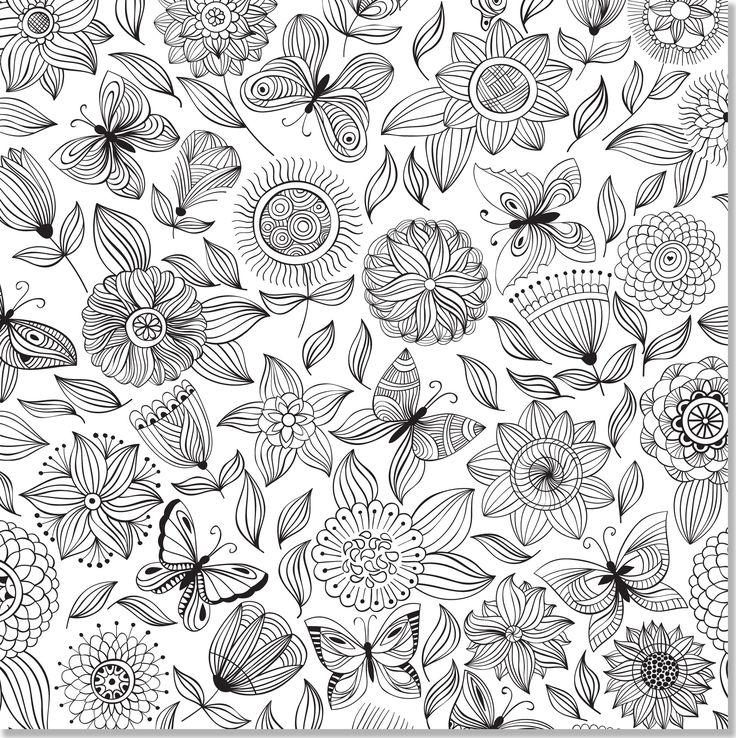 This is particularly important for people who feel out of touch with their emotions or sense of self.”
This is particularly important for people who feel out of touch with their emotions or sense of self.”
Here’s how art can help:
It can help reduce stress
A constant undercurrent of anxiety threading through your day-to-day activities can leave you in a regular state of unease. This can start to affect everything from your sleep schedule to your appetite.
Putting pencil to paper allows you to give yourself some space from unwanted, often uncontrollable, thoughts and engage in an activity you can control. You decide what to draw and what colors to add to your design. While focused on the creative process, you aren’t giving energy to your anxiety.
There’s also some research to back up the stress-relieving effects of art:
- In a small 2007 study, participants listed 10 of their most significant worries. They then spent 20 minutes drawing or sorting through art prints. Participants who spent the time drawing reported greater improvement in negative mood symptoms than those who simply looked at art.
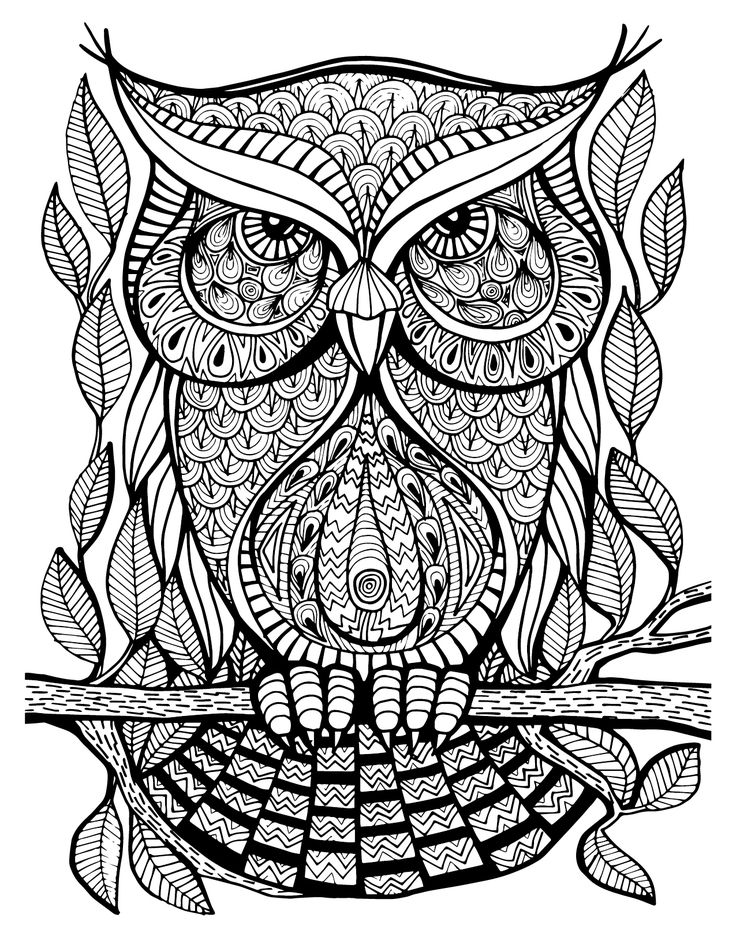
- In a small 2016 study, adults who participated in 45 minutes of art therapy by sculpting clay, drawing with markers, or making a collage felt more relaxed and had lower levels of the stress hormone cortisol after the art exercise.
- Research from 2018 also suggests mindful coloring activities may help relieve test anxiety, a significant source of stress for many students.
Drawing can boost mindfulness
Mindfulness refers to your ability to stay present, engaged, and in tune with your thoughts, emotions, and sensations in your body.
If you live with anxiety, this might sound like a horrible idea. You want to get rid of anxious thoughts — not spend time sitting with them and fully experiencing them.
Yet as counterproductive as it may seem, spending some time with anxious thoughts can make it easier to release them.
Learning to identify and recognize difficult emotions is an important part of improved emotional regulation.
Mindfulness can help you learn to accept painful feelings and let them go.
Getting in touch with the here and now through creativity can help you clear your head and better accept yourself in the moment, Lynch adds.
As you draw or color, distracting and unhelpful thoughts might pop up in your consciousness. Your attention, however, remains on your artwork. You focus on the movement of your hand across the page, the texture of the paper, and the brightness of any colors you add. You don’t engage with the feelings, and so they drift away.
The creative process also offers a chance for self-reflection that can yield some insight into the source of your anxious thoughts, an essential step in resolving those triggers.
Art can interrupt rumination
Drawing and coloring can distract you from the unwanted thoughts associated with anxiety.
Anxiety often involves rumination, otherwise known as repetitive looping thoughts. It sometimes seems as if fixating on the same worries can help you find a solution for them.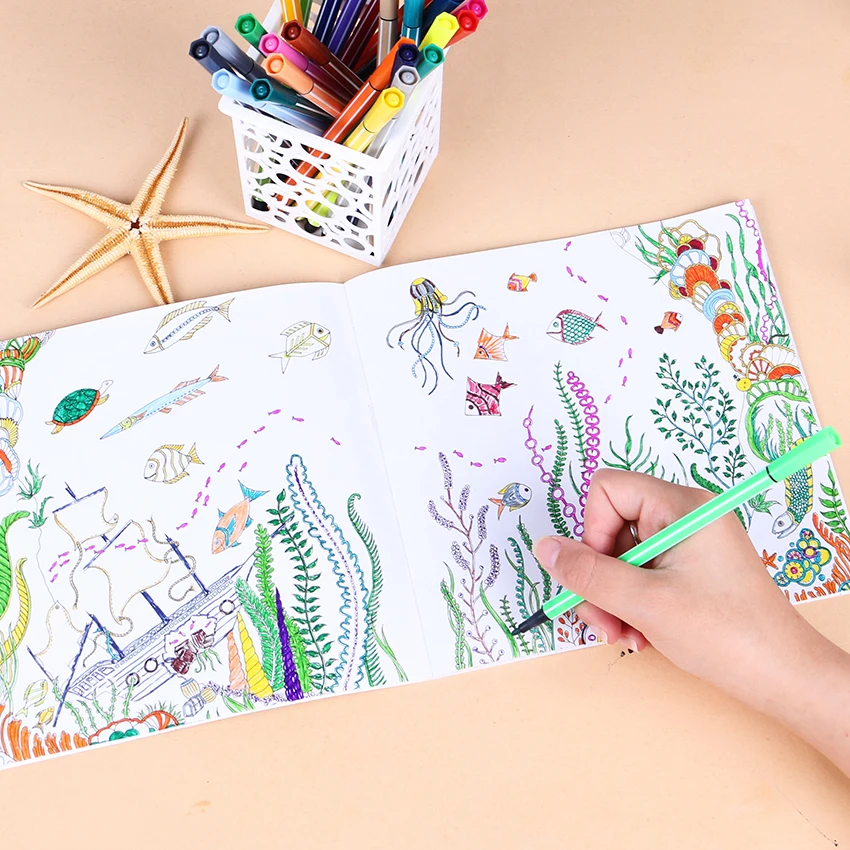 But circling through the same thoughts often only increases distress.
But circling through the same thoughts often only increases distress.
When you want to find a way to take a break from distressing thoughts, drawing offers a way to focus your attention on something calming. Sketching, doodling, or coloring provides a way to ground yourself and get some peace from racing thoughts.
Art helps you find your flow
Flow describes an optimal state of mental engagement and focus. In a flow state, you might feel completely immersed in what you’re doing, to the point where you no longer notice outside distractions or troubling thoughts.
Some experts suggest this state may promote creativity and emotional wellness by helping relieve stress.
There are plenty of ways to enter a state of flow, but art activities like drawing or coloring are great ways to get started.
The trick to achieving flow lies in finding an activity that challenges you just the right amount. A flow state requires some mental involvement, but you still don’t need specific artistic abilities to benefit.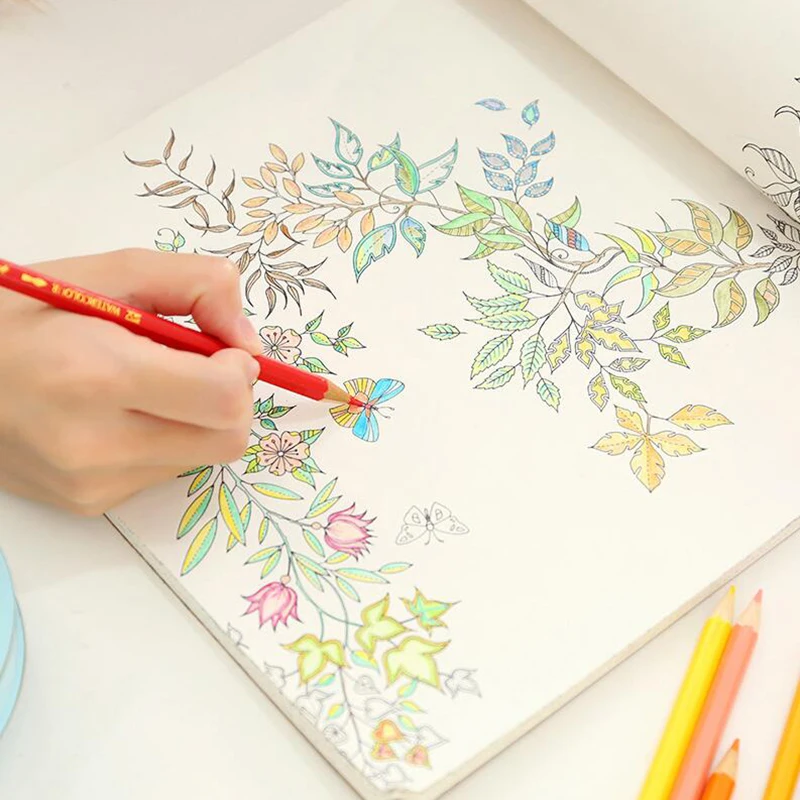
Try creating and coloring your own mandala, sketching a simple design, or carefully outlining and coloring something more detailed.
If you haven’t thought much about art since your middle school days, you might feel a little intimidated by the lack of guidelines or structure. After all, the last experience you had with art may have been a project with clear expectations: drawing a house, your family, or a basket of fruit, for example.
With art therapy, though, it’s the process itself that benefits you, so you really can’t go wrong. Anything you draw can help you express your feelings and attune you to the present moment.
Doodling
You don’t need fancy pencils or an artist’s sketchpad to draw. Just keep a small notepad and a pencil or pen close to hand. When anxiety starts to creep up (or when you suspect you’re about to face some stress), break out your notepad and let your fingers guide you toward a more relaxed state of mind.
The act of doodling itself may help calm you, but you could notice some added benefit if you end up expressing your thoughts as you scribble.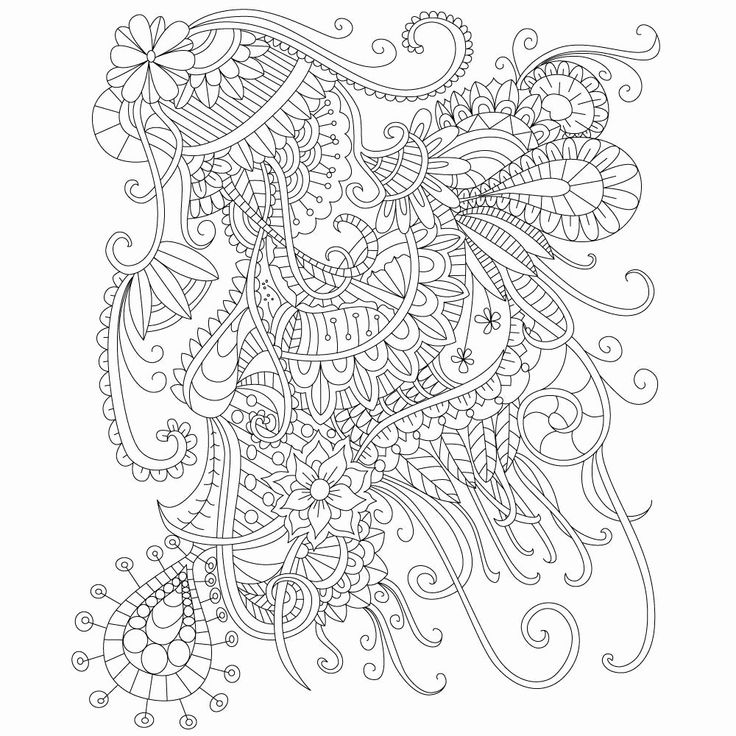
Maybe you end up carving strong lines into the paper to relieve tension, or maybe you draw dark storm clouds to express a gloomy mood. Either way, doodling can act as an outlet for emotional overwhelm.
Doodling 101
Not sure where to start? Try:
- simple symbols or abstract shapes, like stars, swirls, or waves
- designs that resonate with you, such as a favorite flower or animal
- elements of your everyday life, such as buildings, trees, or houses
Drawing or sketching
If you have more time and space for drawing, and you plan to use art as a regular coping method, you might find larger sketches or designs appealing. A sketchbook, recycled printer paper, or a roll of butcher paper can provide plenty of creative space for anxiety relief.
Simply putting pen to paper and starting with some simple lines or doodles can help you jump into drawing without spending too much time thinking about what to draw.
As your hand moves across the paper, you may notice your work taking on a shape that reflects your anxious thoughts. Someone who feels trapped in a job or relationship and worried about potential outcomes, for example, might find themselves drawing boxes, cages, or locked doors.
Someone who feels trapped in a job or relationship and worried about potential outcomes, for example, might find themselves drawing boxes, cages, or locked doors.
Coloring
If you have a hard time creating simple sketches or doodles, don’t worry. Coloring a pre-printed design can offer some of the same benefits as drawing.
You can find adult coloring books at many bookstores or department stores. You can also find designs online for free. No printer? Check your local library — many offer free or low-cost printing services.
Some research suggests coloring a mandala might be more beneficial for anxiety relief than free drawing or coloring other designs. The mandala, a Buddhist symbol representing the universe, is a circular geometric design widely used in meditation.
Mandala coloring books and online printouts can get you started, but you can also try your hand at creating your own design.
You don’t need experience or artistic abilities to benefit from anxiety drawing. Art therapy does, however, call for an open mind and authentic experimentation, Lynch says.
Art therapy does, however, call for an open mind and authentic experimentation, Lynch says.
Keeping the following tips in mind can help you make the most out of drawing or coloring for anxiety.
Stay in the moment
Find a quiet place that’s free of distractions where you can spend 20–30 minutes drawing or coloring. Relaxing music can help enhance a calmer mindset, but it might also help to turn off the TV and mute your phone.
To enhance mindful awareness as you draw, Lynch recommends paying attention to how your pencil, crayon, or pastel feels in your hands. How does it sound and feel as it moves across the paper? Does the paper feel rough, smooth, or cool?
Remember, there are no mistakes
As you draw, try to avoid:
- going back and erasing
- wondering whether your drawing is good or bad
- worrying the proportions are off
- getting stuck on making your art accurate and realistic
Try to let your drawing take you along as it develops instead of setting expectations for yourself. The process is what matters, not the technical skill behind your drawing.
The process is what matters, not the technical skill behind your drawing.
Instead of doubting your skills, focus on the creative process. If your art helps you manage anxious thoughts, it’s accomplishing its purpose.
Use what you know
You might want to try a coloring book to gauge the relaxation benefits for yourself. But, if you’re already in the habit of doodling, there’s no need to invest in any new materials (unless you want to, of course).
Your favorite pen and some scratch paper will do just fine. Remember, your art is for you alone, so it doesn’t have to look pretty or perfect.
“Therapy using the creative process can offer an important key to understanding emotional expression and experiences,” Lynch concludes.
Drawing, coloring, and other art therapy approaches can serve as helpful tools to cope with anxiety symptoms on your own.
That said, many therapists offer art therapy as part of a combined approach instead of a standalone treatment. Art therapy alone may not relieve serious or persistent anxiety. A trained therapist can help you explore other treatment options.
Art therapy alone may not relieve serious or persistent anxiety. A trained therapist can help you explore other treatment options.
Crystal Raypole has previously worked as a writer and editor for GoodTherapy. Her fields of interest include Asian languages and literature, Japanese translation, cooking, natural sciences, sex positivity, and mental health. In particular, she’s committed to helping decrease stigma around mental health issues.
10 simple methods of art therapy to relieve stress, increase self-esteem, develop creativity
Art therapy is a form of psychotherapy based on creativity and self-expression. The approach is used as a means to relieve stress, increase self-esteem and awareness, and for post-traumatic recovery. Most other forms of therapy use verbal language to express feelings and overcome personal barriers. In contrast, art therapy allows for more abstract forms of communication. This tactic involves the expression of elements of the subconscious, for the voicing of which, perhaps, there is no readiness or ability yet.
You don't have to be an artist to get art therapy. In fact, most of the exercises are not based on the end result that you create, but on the therapeutic effect of the ritual of the creative process itself. If you are intrigued by the possibility of relaxation through artistic imagination, then this set of methods is for you.
Here are 10 simple ways to explore your inner self. Not all of them may be suitable for you, but at least one of these methods in its usefulness will be the artistic equivalent of a long warm, fragrant bath.
1. A DIY card that you won't send to anyone
If you have feelings for someone that you're not ready to admit, if you're angry but know it's better to hold back from being angry, try this in detail paint. The writing of the text itself has a therapeutic effect, and designing a postcard enhances it and activates various parts of the brain. When you're done, seal the letter, sign it, and send it to the wastebasket (or push it to the back of your desk drawer), if you find it, the message will lose some of its power.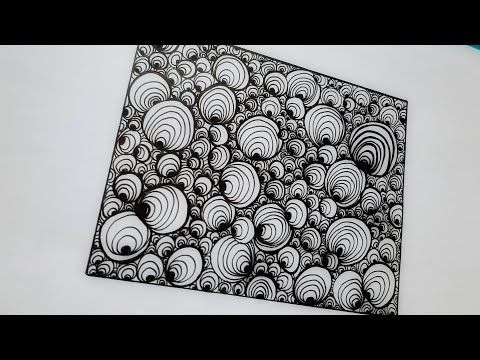
2. Draw a picture and create a collage
Draw a picture on paper or cardboard, cut it into pieces or tear it when you're done. Then use the pieces as building blocks for a new work of art - a collage. See how your original creation turns into something new, interesting, unpredictable. This exercise points out the immediate close connection between creation and destruction, encourages us to take risks, and encourages creativity in other aspects of life.
3. Build an altar for your loved one
Get inspired by folk art and create an altar to celebrate the relationship between you and another person, whether alive or dead. Decorate the shrine with photographs, letters, and relics of times spent together, as well as new art objects you create to celebrate this relationship. Use anything that can be used as art material, from gifts to candy wrappers, if you know it's HIS favorite candy. Building such an altar to another person evokes memories and serves as a physical manifestation of the relationship, which can provide peace of mind during difficult times.
4. Draw in complete darkness
Much of the stress we suffer from when we are creative comes from criticism and judgment that seems inevitable at every turn. Try to create a work of art in complete darkness to free yourself from that inner art critic that lives in your head. (Think of it as a blind outline drawing.) You are suddenly free to create lines, shapes, and patterns. Turning on the light, most likely, the image will surprise you.
5. Color your physical condition
Lie down and close your eyes. Visualize your body as you breathe. Try to imagine the color of the air you inhale and the one you exhale. What do you see? Draw the outline of your body on a large piece of paper and paint over it with watercolor based on your physical condition. Think about what these colors mean to you, where they are more concentrated and where they are less. This is your most relaxing self-portrait.
6. Zentangle: drawing-meditation
Zentangle (Zen-tangle, zen-tangle, zen-tangle, zen-tangle) is a drawing method invented by Rick Roberts and Maria Thomas. It was designed to make drawing meditative and accessible to everyone. You can learn the technique from a knowledgeable specialist or master it yourself. To do this, you need a sheet of paper, in the original a square with a side of 9 cm, along the edges of which you draw a border with a pencil by hand, it can be uneven. Lines are drawn inside the resulting area, the so-called "lines".
It was designed to make drawing meditative and accessible to everyone. You can learn the technique from a knowledgeable specialist or master it yourself. To do this, you need a sheet of paper, in the original a square with a side of 9 cm, along the edges of which you draw a border with a pencil by hand, it can be uneven. Lines are drawn inside the resulting area, the so-called "lines".
Now switch to the pen and start drawing a series of patterns or repeating patterns around the "string". So you drew a zentangle. The process is designed to stimulate the ritual of creation and leave room for human error - nothing can be erased, these are the rules. Traditionally, zentangles are black and white, but many people approve of experimenting with color. The whole process should take no more than 15 minutes and can be repeated whenever you feel like it. Keep handy 9centimeter squares so that when inspired you can fill them with abstract drawings.
7. Allow Yourself
Think about the social and self-imposed pressures you experience day in and day out, the personal traits you see as flaws, the failures you see as your faults.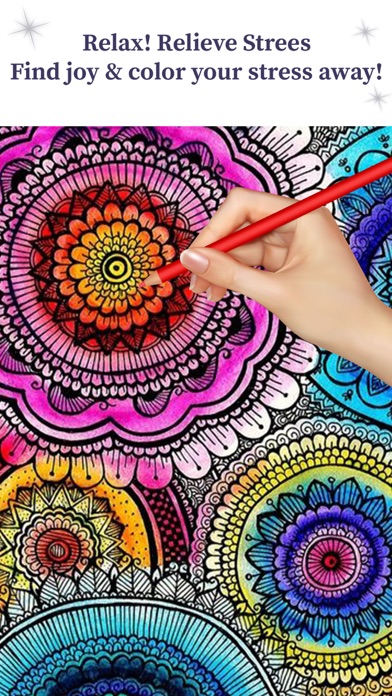 Choose one of these things and in decorative details, allow yourself to have it. By turning failure into achievement, you can minimize your feelings of self-loathing, which can help you achieve more important goals. Remember this is an art project so make it pretty.
Choose one of these things and in decorative details, allow yourself to have it. By turning failure into achievement, you can minimize your feelings of self-loathing, which can help you achieve more important goals. Remember this is an art project so make it pretty.
8. “Write” a poem-collage
Don't you consider yourself a poet? Then let someone else do the hard part, write the words, and you pick up your material from old books, magazines, newspapers, or even letters. Cut out the words that pop up in front of you or inspire you. Arrange them into compositions as if you were making a visual collage. You may have a theme or plot in mind from the very beginning. Or just start working and see where such a verbal collage will lead you.
9. Create your own unique painting tool
Instead of spending a lot of time painting, why not focus on developing an alternative DIY brush? You can make a marking tool out of just about anything, whether it's a row of toothpicks glued to a cardboard base or a homemade brush out of pompoms and yarn.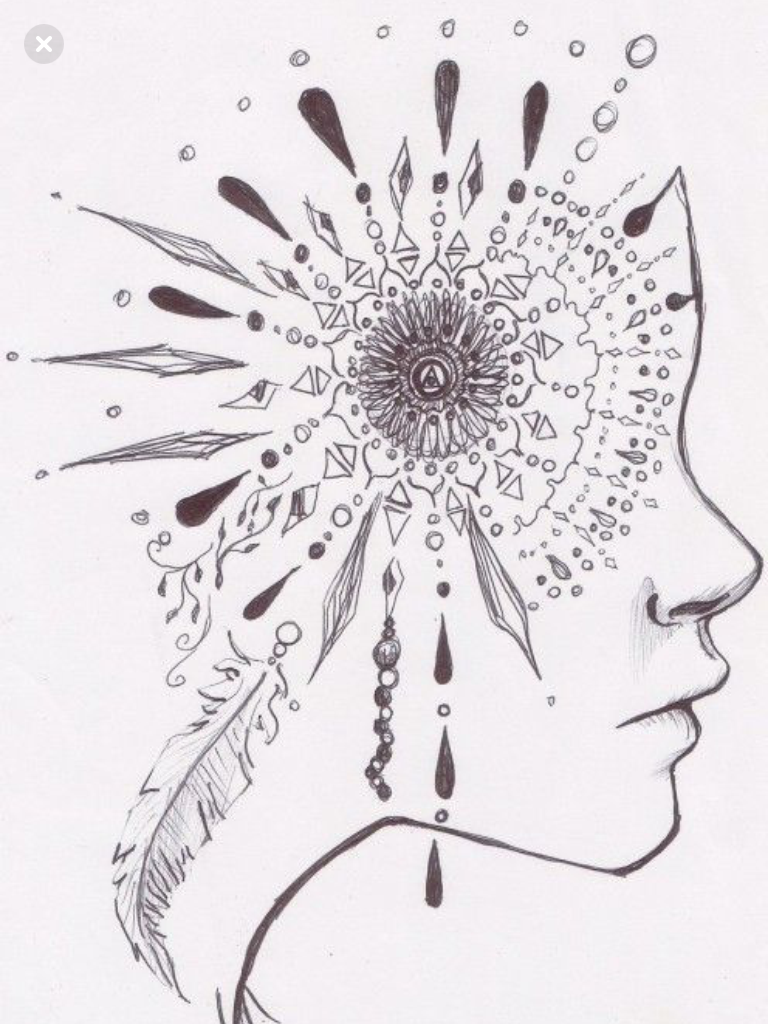 When you finally make yourself a new drawing tool, you will partially relinquish control over the art, which of course is also a work of art in itself.
When you finally make yourself a new drawing tool, you will partially relinquish control over the art, which of course is also a work of art in itself.
10. Make a box of forgiveness
If there is a person - including yourself - for whom you no longer want to harbor negative emotions, try making a box of forgiveness for him. Decorate it with soothing images and words that can characterize a person or correspond to a desired inner state. You can write on a piece of paper what his name is and put it in this box, if necessary, the name can be removed or replaced. The act of creating the box will promote fond memories of who it is intended for.
Based on huffingtonpost.com
How to cope with stress with drawing: tips from a famous artist
January 4, 2015 23 430 views
Ekaterina Ushakhina
After the New Year, the trouble becomes even more, because you need to plan new things.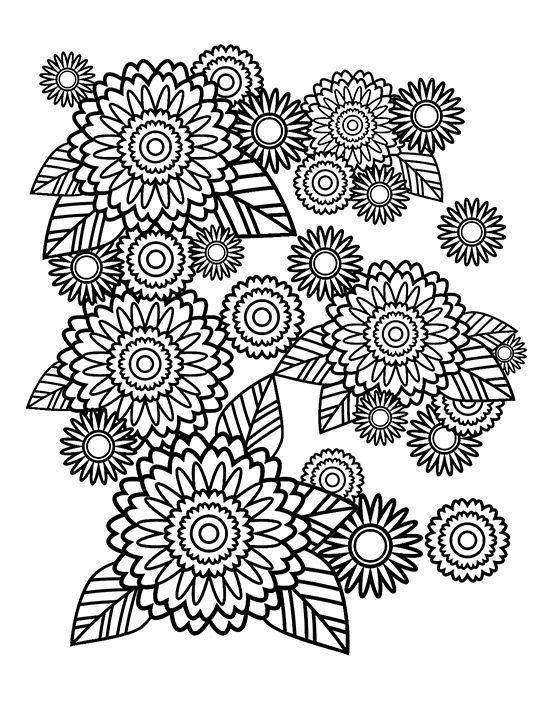 The inevitable outcome of such a stressful life is stress that needs to be dealt with. Renowned illustrator Natalie Ratkowski, author of Draw Every Day, offers a simple and affordable way to relax and find peace of mind. If you want to be happy and calmer, grab paper and pencil and start drawing. Get creative a little every day. And then - no stress can spoil your mood.
The inevitable outcome of such a stressful life is stress that needs to be dealt with. Renowned illustrator Natalie Ratkowski, author of Draw Every Day, offers a simple and affordable way to relax and find peace of mind. If you want to be happy and calmer, grab paper and pencil and start drawing. Get creative a little every day. And then - no stress can spoil your mood.
Follow Natalie's advice:
1. Forget a word like " once " . The more busy you are, the more important creative rest is for you. Set aside a few minutes every day and paint during that time. Try not to miss a single day. Draw even on the busiest and hardest days.
Over time, you will understand how creativity heals and empowers. This is a kind of meditation. And the opportunity to be alone with yourself, to reflect and restore peace of mind.
2. Draw your stress. Drawings can help you cope with difficult, unpleasant situations, immerse yourself in yourself and think about the eternal.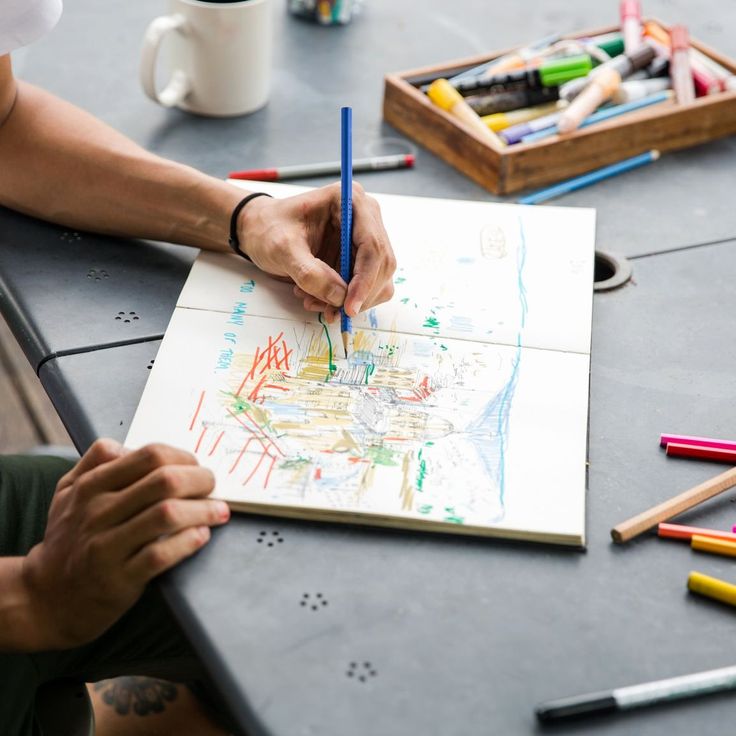 Draw your stress. If he looks like a crazy hare (for example, like in my sketch) - laugh at him, and it will become easier.
Draw your stress. If he looks like a crazy hare (for example, like in my sketch) - laugh at him, and it will become easier.
3. Create conditions for creativity and relaxation. Then no more excuses will stop you. Buy notebooks, sketchbooks, pencils and paints. If every time before starting work you have to look for a piece of paper and a pencil, there will be no creative rest. Find a quiet and peaceful corner of the house, go for a walk in the park - create where you are comfortable and calm.
4. Write down. If there is absolutely no time for drawing, write down what struck you. This is also spiritual therapy. And when the time comes, you can draw something good and enjoy the pleasant memories.
5. Listen to yourself. Remember one important thing: you need to listen to yourself and rationally distribute your resources. Draw what you want to express, what touched you, touched you, upset you.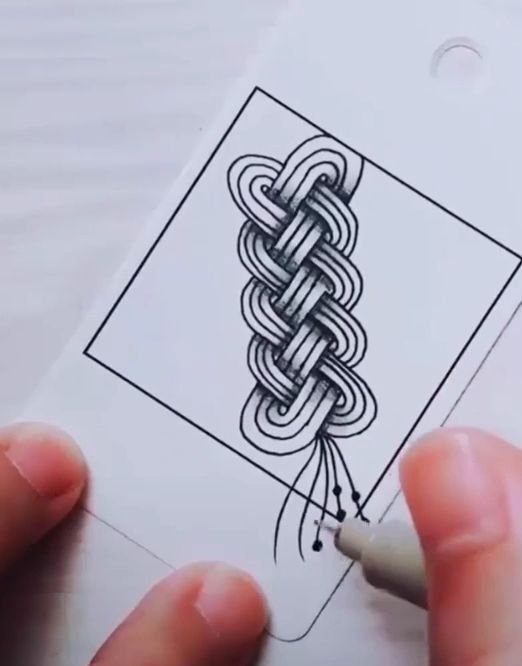
If you have children, you can take toys, notes of children's reasoning, holidays and other big and small things and events as the theme of the drawing year. From the sketches of my year, you can see how fertile this topic is.
6. Draw a mess. You are upset by the blockages on the table, but there is no desire to clear them up. Try sketching a creative mess. It is very exciting, but also soothing and helps to sort out the mess in your own thoughts.
7. Speak with your hands. Remember: difficult life situations are easier to overcome if you discuss them, speak out, speak out all disturbing or sad thoughts. But, unfortunately, this is not always possible. In such situations, a sheet of paper comes to the rescue. Drawing is the same as "speaking" with your hands.
8. Go for a walk. Absorb the world around you. And then draw what impresses you. This helps to relax and distract from everything that is sore, teaches you to be more attentive and see the unusual in the ordinary.